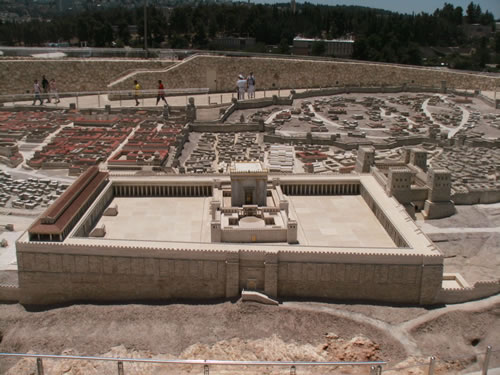
The History of Baptism beginning with the Jews and their use of the Mikva
www.generationword.com

A model of the temple from the time of Jesus. The platform wall to the left, or south
has stairs leading up to gates in the wall that lead to tunnels that take the worshipper
up to the courtyard through one of the two entry ways that appear as two boxes sitting
in the court yard to the left.
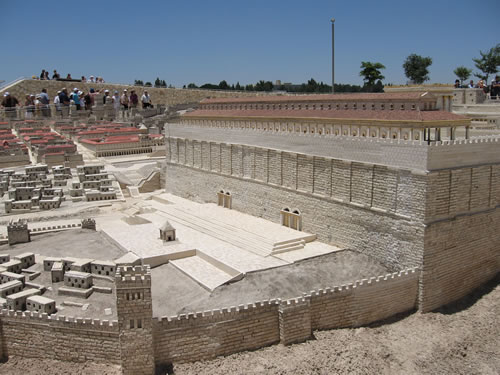
This is a picture of the south side of the temple mound. You can see the
steps and the gates that the worshippers would enter. All around the base
of these steps are mikva or mikvah, which are ritual bathes used by the
worshippers to purify themselves before entering the temple.
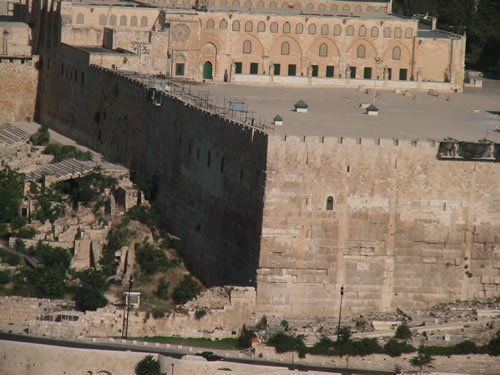
This is a picture of the actual remains of the southeast corner of the temple
mound wall. You can see the surface of the courtyard and at the top right
you can see one of the entry ways where the worshipers would emerge onto
the temple courtyards. Outside the wall to the left of the picture you can see
the stairs that lead up to the gates. They are called Huldah's Gates. The one
on the left is the double gate, the one on the right is the triple gate. Around
these steps are the ritual bathes used by the Jews for purification.
On the day of Pentecost these where, most likely, the baths that provided
the water for the thousands of converts who responded to Peter's words,
"Repent and be baptized."
The top of the corner of this southeast corner was the probable location of
Jesus temptation to jump from the pinnacle, or a high point, of the temple in
Matthew 4:5
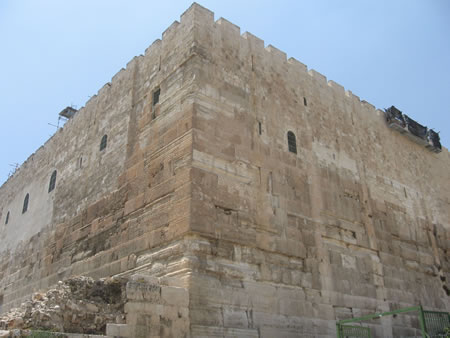
This is a close up of the pinnacle of the temple, the southeast
corner of the temple wall.
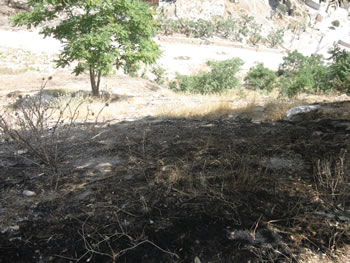
This is a view from the base of the southeast corner looking down
into the Kidron Valley. The pinnacle is behind me when I took
this photo
and up when I took this photo at its base.
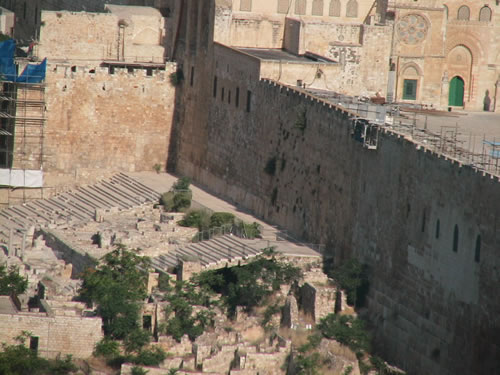
These are the stairs surrounded by hundreds of ritual bathes, or mikva.

This is the stairs and the arch of the Double Gate. The Crusaders built a
wall up to the gate.

A view looking down the stairs toward the ritual bathes.

This is one of the hundreds of ritual bathes on the south side of the
temple at the base of the stairs. They were used by the Jews to
purify themselves before they enter the temple courts though the
gates, up the ramp/walkway and out through the enterance. Jesus,
the disciples and the converts on the day of Pentecost would have
used these bathes.

A sign in one of the Mikva.
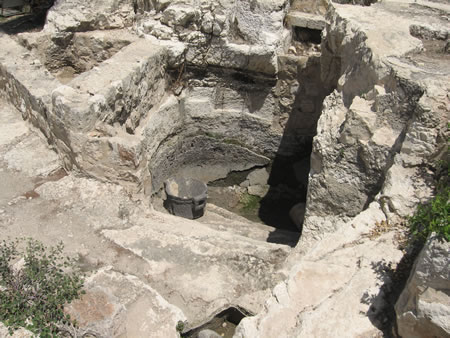
A mikva or a ritual bath on the southside of the temple in Jerusalem.

More mikva or a ritual bathes on the southside of the temple.

Mikva or a ritual bathes on the southside of the temple

An entrance to a mikva.

Galyn and Toni in one of the mikva

John the Baptist, whose father was Zechariah the priest, did not practice
his priesthood in Jerusalem but left for the Judean wilderness to avoid the
corruption and to prepare himself and his country for the coming of the
Messiah.
Above is a picture of the Judean wilderness with the Dead Sea in the
background.

Here is a picture of the scriptorium at Qumran in the Judean wilderness
where the Essences wrote their scrolls which are now known as the
Dead Sea Scrolls. The Dead Sea can be seen in the background.
The Essences left Jerusalem and the corruption at the temple to live in the
Judean wilderness.
When they left they took the rituals, including the
ceremonial washings and purification bathes, with them.
It appears John the Baptist had joined them.
In the picture above, to the left or the north of the Dead Sea, the Jordan River
flows into the Dead Sea. It was here that John the Baptist baptized.
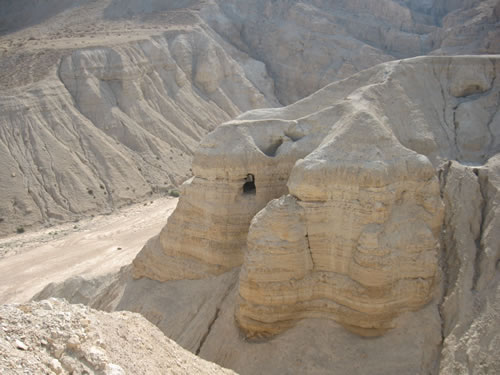
This is a cave near Qumran, known as cave four, where some of the
Dead Sea Scrolls were found.
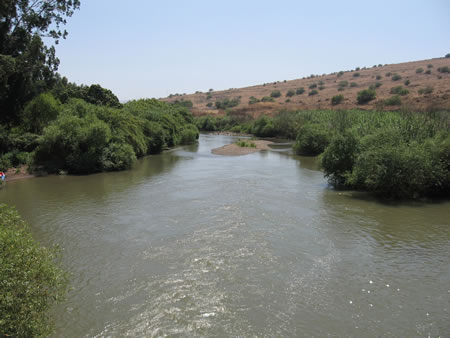
This is the Jordan River.

The Jordan River